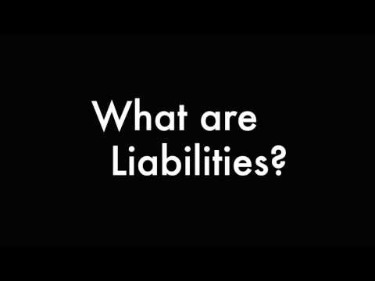Accounting 101 for Small Businesses

This trial balance contains real accounts only as the temporary accounts are closed this accounting cycle. To prepare the system for the next accounting, temporary accounts that are measure periodically, including cost of equity the income, expense and withdrawal accounts, are closed. The balance sheet accounts also called the permanent accounts, remain open for the next accounting cycle. The first step of the accounting process involves the preparation of source documents.
Operating revenue makes up a business’s primary activities, like selling products. Businesses obtain non-operating revenue through secondary business activities, like bank account interest. Income statements focus on four key items — revenue, gains, expenses, and losses — which bookkeepers use to calculate net income. Examples of liabilities include employee wages, income taxes, mortgage loans, and accounts payable. Experts agree that small businesses commonly fail when cash flow runs dry. Your business should implement efficient record-keeping policies and a sound financial strategy to avoid this situation.
This will help you avoid having to outlay a significant amount of funds at the end of the year. You can use an accounts receivable aging report for a quick view of outstanding customer payments. The beginning of the month is a good time to send overdue reminder statements to customers, clients, and anyone else what is the current ratio formula and definition who owes you money. Most accounting software automates entering information from the documents above.
For instance, receipt scanners let you take photos of receipts that you upload to your software for easy journal-entry generation. And if you send invoices variable salary means or pay bills with your software, the numbers should sync automatically with your ledger. Consulting part-time with a small-business bookkeeper or accountant can work nicely for newer, smaller businesses.

You already know this, but just to make sure it’s crystal clear, taxes are ridiculously complicated. Small-business taxes vary between industries, states, and business types, so to get the best advice on what taxes your business needs to pay, consult with your accountant. For the most part, though, you’ll probably end up paying income taxes, sales taxes, and payroll taxes. As a responsible business owner, you need to record every single financial transaction you make—so the answer might depend on how many bills you pay and invoices you send out. At the very least, you’ll want to sit down for bookkeeping monthly, but we strongly recommend you update your books at least weekly, though preferably daily.
Prepare Chart of Accounts
- This content is for information purposes only and should not be considered legal, accounting, or tax advice, or a substitute for obtaining such advice specific to your business.
- Instead of crunching numbers, you’ll be free to focus on other tasks that are necessary to run or scale your business.
- Companies typically prepare balance sheets at the end of every quarter, but individuals can prepare them at any time.
- Effectively managing your small business’s finances goes beyond bookkeeping.
Note that you may need to make quarterly estimated tax payments if you expect to owe $1,000 or more when filing your annual tax return. This can be as simple as a statement showing your current cash position, expected upcoming cash receipts, and expected cash payments for this period. Some CPAs and bookkeepers require a retainer if you want monthly assistance, but many simply charge by the hour. Based on the nature of your business, you might decide to offer credit to customers.
After Your Business Has Started
The chart of accounts is a list of accounts in your general ledger that will be used to record financial transactions. Operating activities include generating and spending cash for business activities. Businesses consider receipts from sales of goods, bank account interest, payments made to vendors, and wages paid to employees as operating activities. They manage cash flow, oversee transactions, and ensure that every dollar spent or earned is accounted for properly. When you start a new business, you need to set up a chart of accounts to journal transactions in any of the five categories including assets, liabilities, expenses, revenue and equity. This chart of accounts is used to gather statements, analyze progress, and locate transactions.
Financial Statements for Small Businesses
Some software targets small business accounting professionals or bookkeepers, while other programs tailor to business owners looking to develop their accounting skills. Once you have a dedicated business bank account set up, it will be much easier to keep track of your expenses. If your business transactions are lumped in with your personal ones, you’ll spend hours sorting through them when doing your books. This takes up valuable time that you could have used to grow your business.
You can follow our guide on how to make an income statement to accurately evaluate your business’s financial health. Keep a separate bank account for your personal and your business expenses. If you’re a solopreneur or independent contractor, chances are you’re responsible for everything, including the accounting.

